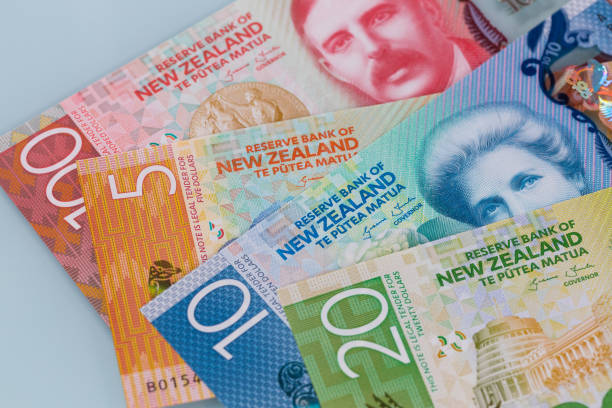
NZD/USD gains momentum to around 0.5630 in Tuesday’s early Asian session, up 0.62% on the day.
Trump has confirmed the postponement of his Canada and Mexico tariffs in a post on Truth Social.
Trump tariffs on China are due to hit at 05.00 GMT on Tuesday.
The NZD/USD pair recovers some lost ground to near 0.5630 during the early Asian session on Tuesday. The US Dollar (USD) weakens after US President Donald Trump pauses tariffs on Mexico and Canada late Monday. However, investors will closely monitor the development surrounding the tariff deal with China, which might trigger the volatility in the markets.
Trump said he will suspend his threat of steep tariffs on Mexico and Canada after both countries' presidents agreed to immediately send 10,000 soldiers to the US border to prevent drug trafficking. While Mexico and Canada have had tariffs postponed for at least 30 days, China stands alone in facing the new Trump levies.
China is due to be hit with across-the-board tariffs of 10% that begin at 05.00 GMT on Tuesday. The threat of a global trade war could fuel safe-haven currency like the Greenback and act as a headwind for NZD/USD. However, the positive development surrounding tariff policies between the US and China could provide some support to the China-proxy New Zealand Dollar (NZD) as China is a major trading partner to New Zealand.
New Zealand Dollar FAQs
The New Zealand Dollar (NZD), also known as the Kiwi, is a well-known traded currency among investors. Its value is broadly determined by the health of the New Zealand economy and the country’s central bank policy. Still, there are some unique particularities that also can make NZD move. The performance of the Chinese economy tends to move the Kiwi because China is New Zealand’s biggest trading partner. Bad news for the Chinese economy likely means less New Zealand exports to the country, hitting the economy and thus its currency. Another factor moving NZD is dairy prices as the dairy industry is New Zealand’s main export. High dairy prices boost export income, contributing positively to the economy and thus to the NZD.
The Reserve Bank of New Zealand (RBNZ) aims to achieve and maintain an inflation rate between 1% and 3% over the medium term, with a focus to keep it near the 2% mid-point. To this end, the bank sets an appropriate level of interest rates. When inflation is too high, the RBNZ will increase interest rates to cool the economy, but the move will also make bond yields higher, increasing investors’ appeal to invest in the country and thus boosting NZD. On the contrary, lower interest rates tend to weaken NZD. The so-called rate differential, or how rates in New Zealand are or are expected to be compared to the ones set by the US Federal Reserve, can also play a key role in moving the NZD/USD pair.
Macroeconomic data releases in New Zealand are key to assess the state of the economy and can impact the New Zealand Dollar’s (NZD) valuation. A strong economy, based on high economic growth, low unemployment and high confidence is good for NZD. High economic growth attracts foreign investment and may encourage the Reserve Bank of New Zealand to increase interest rates, if this economic strength comes together with elevated inflation. Conversely, if economic data is weak, NZD is likely to depreciate.
The New Zealand Dollar (NZD) tends to strengthen during risk-on periods, or when investors perceive that broader market risks are low and are optimistic about growth. This tends to lead to a more favorable outlook for commodities and so-called ‘commodity currencies’ such as the Kiwi. Conversely, NZD tends to weaken at times of market turbulence or economic uncertainty as investors tend to sell higher-risk assets and flee to the more-stable safe havens.
* The content presented above, whether from a third party or not, is considered as general advice only. This article should not be construed as containing investment advice, investment recommendations, an offer of or solicitation for any transactions in financial instruments.


